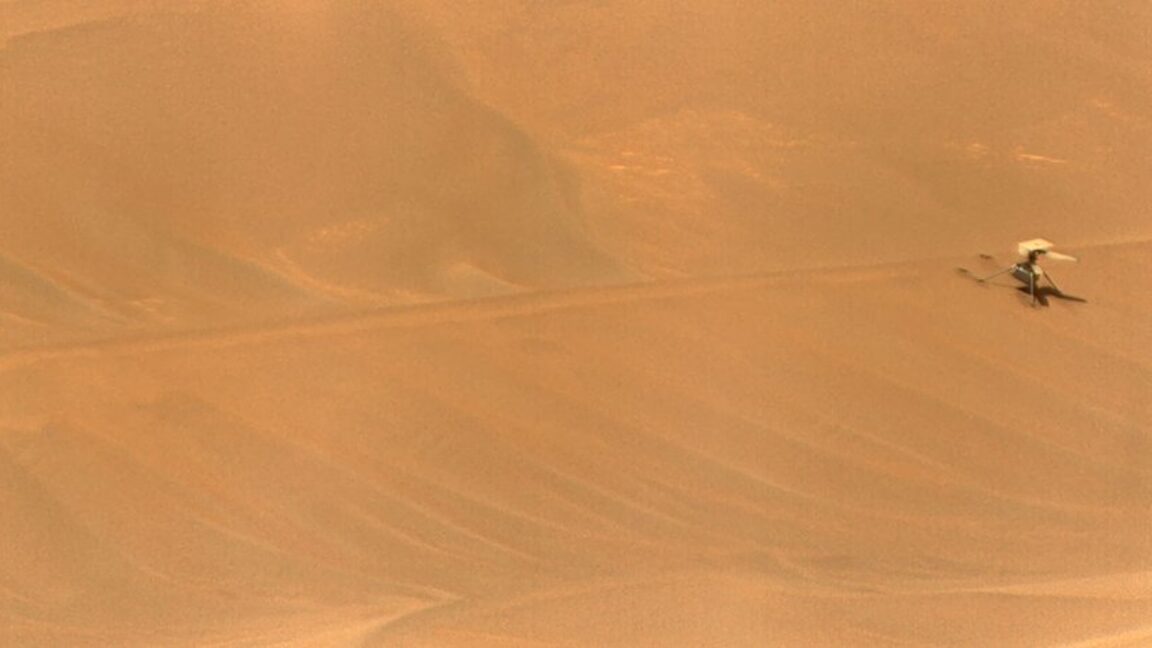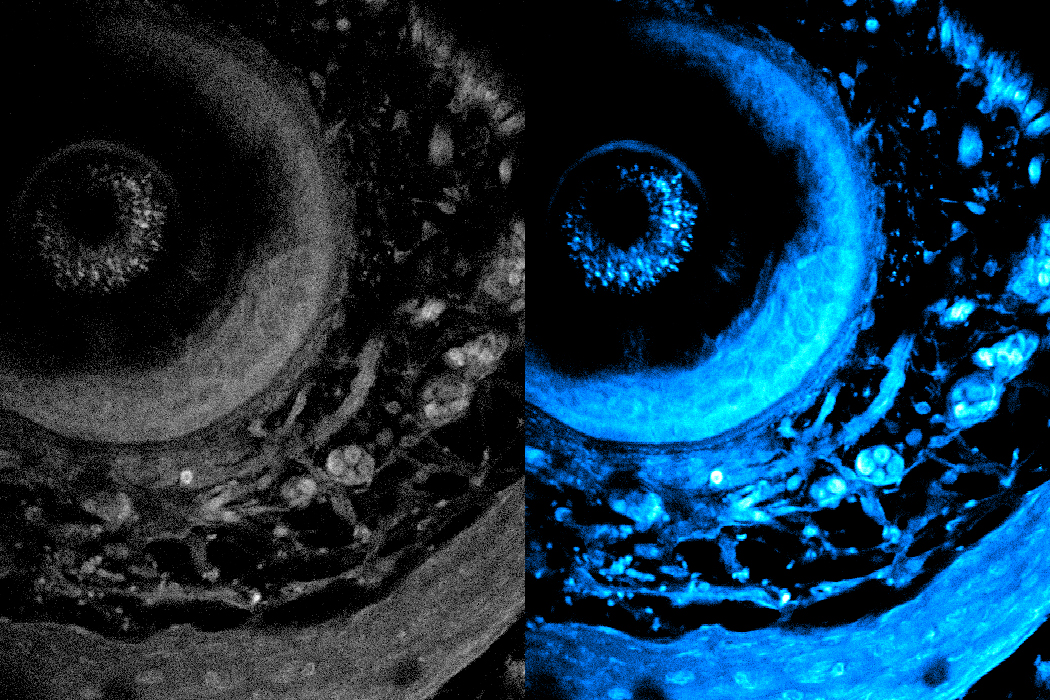From Animal 'Factories' to Synthetic Biology: A Revolution in Biopharming

Historically, many medicines and materials relied on animal extraction, such as antivenom from horse blood, endotoxin detection from horseshoe crab blood, and silk from silkworms. This article traces the journey from ancient Phoenicians using snails to extract Tyrian purple dye to the modern use of biotechnology to synthesize insulin, antibodies, and vaccines. While synthetic biology technologies can now replace many animal-derived products, some areas still rely on animals due to regulatory lag, molecular complexity, and challenges in scaling production, such as influenza vaccine production. The article highlights the enormous potential of synthetic biology to improve efficiency and reduce animal use, but also reminds us of the importance of protecting biodiversity, as the development of biotechnology also relies on exploration and utilization of the natural world.







/cdn.vox-cdn.com/uploads/chorus_asset/file/10480483/acastro_180322_1777_youtube_0001.jpg)














